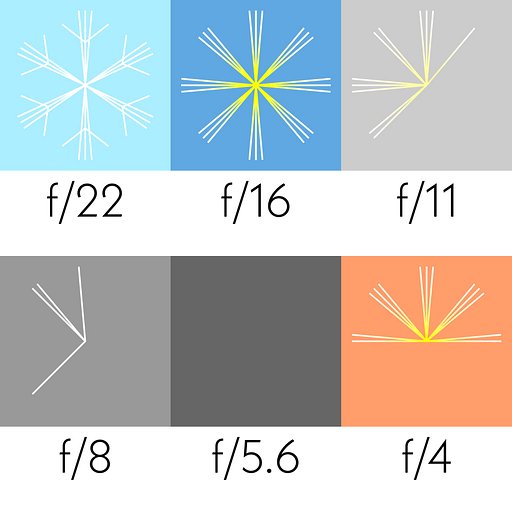What is parallax error and how can I avoid it?
Have you experienced carefully framing your shot through the viewfinder of your camera, then having an off-center, inaccurate or weirdly angled result? That is called a viewfinder error, more commonly known as a parallax error. It refers to the shift in the apparent position of your subject, due to the difference between what your lens sees and what your viewfinder shows.
The parallax error occurs when your camera’s viewfinder is not directly above or linked to the lens. The misalignment is most noticeable when your subject is close to the camera. It is less likely to occur when your subject far away from you.



The parallax error is not a reason to limit ourselves and our creativity, though! Composition, framing and depth all add to the stories that our photographs tell – these are thoughtful details that we want to preserve and reflect in our works. While we cannot avoid the parallax error completely, there are simple things we can do to compensate for it.
For example, you want your subject to appear at the center but your viewfinder is located at the upper right corner of your camera. What you should do in this case is to look through your viewfinder and keep the subject at the lower left corner. This makes up for the gap in the position of your camera and its viewfinder. If your viewfinder is situated at the upper left, do the opposite – just adjust according to your camera and its design. If you’re up for something challenging, you can try shooting without looking through the viewfinder at all. Align the lens with your eyesight and trust your instinct. This takes practice and confidence, so channel the true Lomographic spirit and keep yourself open to mistakes and experimentations.
Anything missing?
Can’t find an answer to your question? Or do you have some useful advice to add to one of our courses? We want to build the world’s largest analogue learning space, so please send any further requests or information to school@lomography.com and we’ll take a look!
More Courses
-
Will X-ray machines at airports ruin my film?
Traditional x-ray machines are unlikely to affect film of ISO 800 and lower. However, the new and more powerful CT scanners can damage any and all film. We recommend always asking to have your film inspected manually.
-
What are the different types of film cameras?
From a SLR, to TLR, to rangefinder or point & shoot cameras – find out how these different types of cameras operate.
-
What is the sunny16 rule?
The Sunny 16 Rule is a way to meter for correct exposure during daylight without using the camera’s meter. It is great for photographers who don’t want to get slowed down by metering for every shot or rely too much on their camera’s in-built light meter.
-
What does it mean to overexpose vs underexpose a photo?
Put simply, an overexposed image is one that is brighter than the reality of the scene you’re trying to photograph, while an underexposed image is darker than reality. Overexposure generally means you are giving your film too much light, and with underexposure you have the opposite problem of not enough light.
-
Why choose film photography over digital?
Almost everyone has access to a phone with a decent camera, however, there is nothing like producing a roll of film with its unmatched richness and an emphasis on preserving the integrity of both highlights and shadows.
-
How to unload and seal a roll of 120 film?
Keep the roll tight on the take-up spool as you remove it from your camera. Then wrap the attached paper band around the film and secure it in place.
-
How to organize your film negatives?
Film Sleeves, Binders, and maintaining a chronological system for your film negatives are key to effectively organizing film negatives.
-
How to avoid “fat rolls” with 120 film
A “fat roll” happens when 120 film is wound loosely around the take-up spool, possibly leading to light leaks. Avoid this by gently pressing your finger near the film holder while loading or shooting; this helps keep tension and tighten the film.
-
What is film grain?
Film grain is the visible silver halide crystals within a film emulsion. This is the main photosensitive substance in film so it is what allows an image to be captured.




